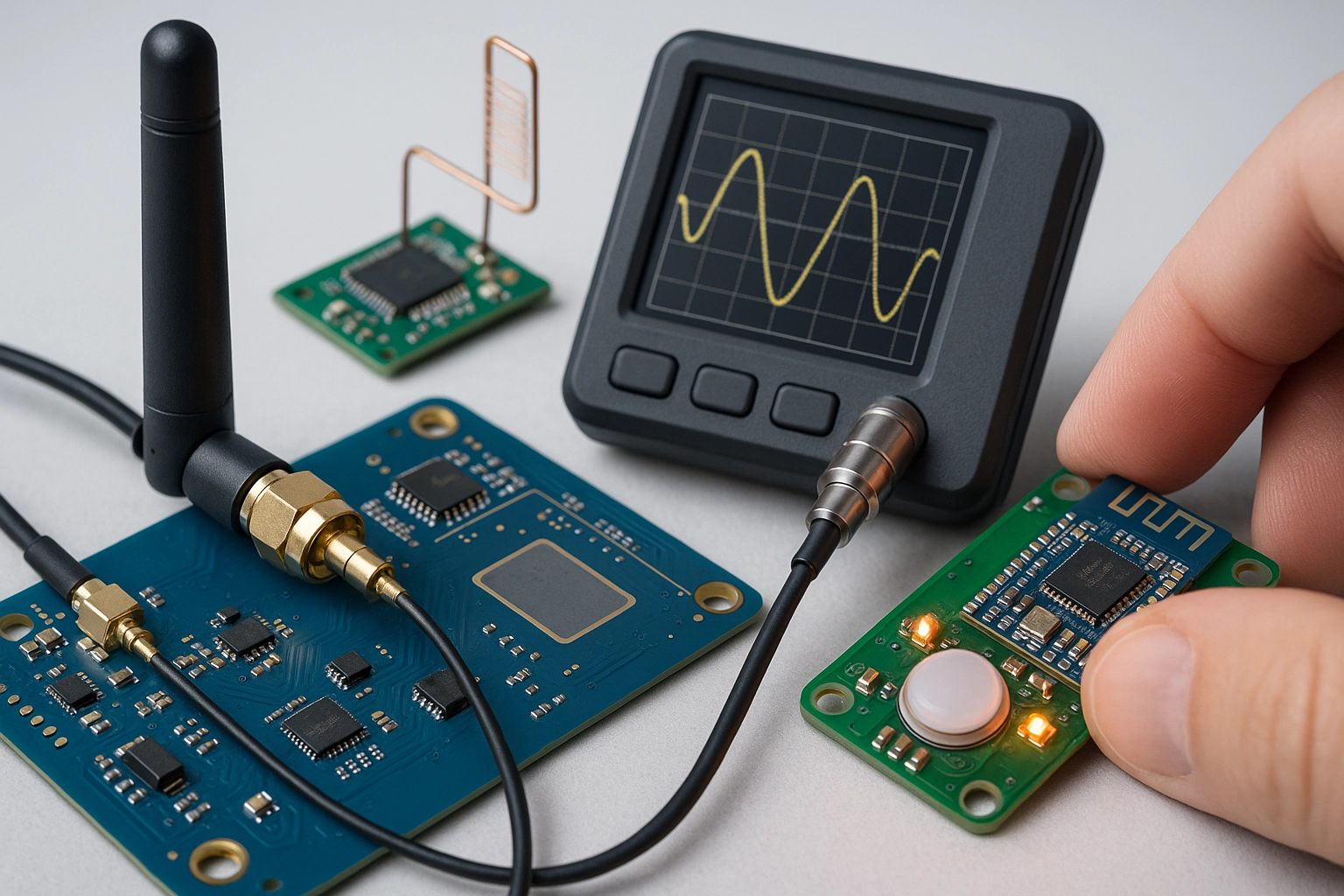SAE J2735 Dedicated Short Range Communication Message Set Test
The SAE J2735 Dedicated Short Range Communication (DSRC) Message Set test is a critical component in the development and validation of automotive communication systems. It ensures that vehicles can effectively communicate with each other, infrastructure, and pedestrians through dedicated short-range radio technology operating at 5.8 GHz.
Developed by the Society of Automotive Engineers (SAE), this standard focuses on interoperability between different vehicle-to-vehicle (V2V) communication systems. The SAE J2735 test evaluates whether a system adheres to the specified message format, timing, and error-checking mechanisms outlined in the standard.
The automotive industry is rapidly evolving towards more connected vehicles capable of exchanging data over wireless networks. SAE J2735 plays an essential role in ensuring that these systems operate reliably and securely, which is crucial for reducing accidents and improving traffic flow.
In this test, a message set generator simulates various types of DSRC messages according to the standard specifications. The system under test then processes these messages, generating outputs that are compared against expected results defined by SAE J2735. This process helps identify any discrepancies or errors in the implementation.
For R&D engineers working on connected car technologies, compliance with SAE J2735 is indispensable for ensuring seamless integration within broader vehicular networks. Quality managers must ensure that all suppliers meet this stringent requirement to maintain overall product quality and safety standards. Compliance officers need to be aware of such tests as part of their regulatory compliance programs.
The test setup involves specialized equipment capable of sending and receiving DSRC signals, including a message generator and an analyzer. The environment should mimic real-world conditions where vehicles would operate, such as urban or highway settings. Real-world usage notes indicate that this type of testing is particularly important in areas with dense traffic or high pedestrian activity.
During the test, various aspects are checked, including message format conformance, timing accuracy, and error detection capabilities. The results provide valuable insights into how well a system meets the requirements set forth by SAE J2735, enabling continuous improvement in automotive communication systems.
The importance of this testing cannot be overstated, given its role in enhancing road safety and facilitating smoother traffic management through advanced vehicle-to-everything (V2X) communications. By adhering to the strict guidelines provided by SAE J2735, manufacturers can ensure their products are compatible with future smart transportation systems.
Testing laboratories specializing in automotive connectivity should have state-of-the-art facilities and experienced personnel who understand both the technical nuances and broader implications of such standards. Proper training is crucial for accurate testing; improper setups could lead to misleading results that do not reflect actual system performance under real-world scenarios.
Scope and Methodology
The scope of the SAE J2735 Dedicated Short Range Communication Message Set Test encompasses several key areas. Primarily, it ensures that all components involved in V2V communication adhere to the specified message formats outlined in the standard.
Methodologically speaking, the test begins with generating messages using a dedicated short-range communication message set generator. These messages are then sent to the system under test which processes them before forwarding any responses back for evaluation. This process allows engineers to assess various parameters including but not limited to:
- Message format compliance
- Error detection capabilities
- Timing accuracy
- Data integrity verification
The methodology also includes detailed documentation of all testing procedures and results, which serves as evidence for both internal quality assurance purposes and external audits. Proper record-keeping is essential to ensure traceability throughout the entire development lifecycle.
Benefits
The SAE J2735 Dedicated Short Range Communication Message Set Test offers numerous benefits that are crucial for both manufacturers and end-users alike. For manufacturers, it provides a reliable means to validate their systems against industry standards, thereby enhancing trust among consumers.
Compliance with this standard ensures interoperability between different brands' vehicles, promoting a more cohesive ecosystem of connected cars. This is especially beneficial when considering future upgrades or expansions in vehicle connectivity features.
From an end-user perspective, the benefits extend to improved safety and convenience. Vehicles equipped with compliant systems can exchange critical information such as speed, position, and intended movements, significantly reducing collision risks.
Moreover, these systems contribute positively towards traffic management by optimizing flow patterns based on real-time data exchange among vehicles. This results in reduced congestion levels and lower emissions due to more efficient driving behaviors.
International Acceptance and Recognition
The SAE J2735 Dedicated Short Range Communication Message Set Test enjoys widespread acceptance across the global automotive industry. It is recognized by major regulatory bodies worldwide, including those in Europe (e.g., ECE-R16) and North America (NHTSA).
Many countries have incorporated compliance with SAE J2735 into their national vehicle standards to ensure consistent quality across borders. This harmonization promotes easier market access for manufacturers who adhere to these stringent requirements.
In addition to its regulatory significance, the standard also enjoys backing from numerous industry stakeholders including automobile manufacturers, suppliers, and service providers. Collaboration between these parties fosters innovation while maintaining high standards of safety and reliability in automotive communication systems.





